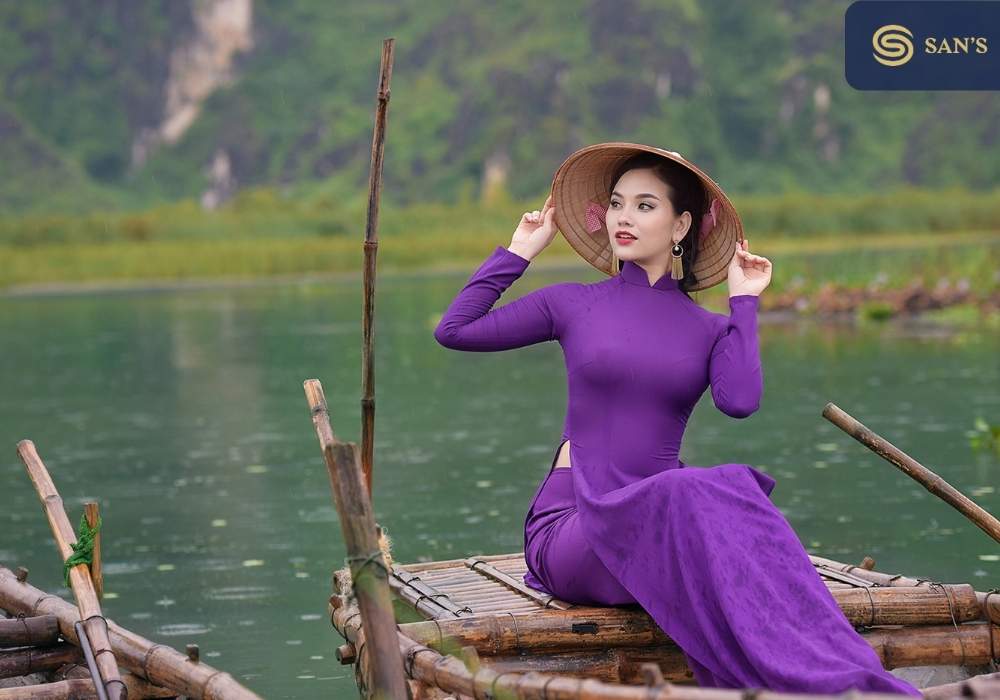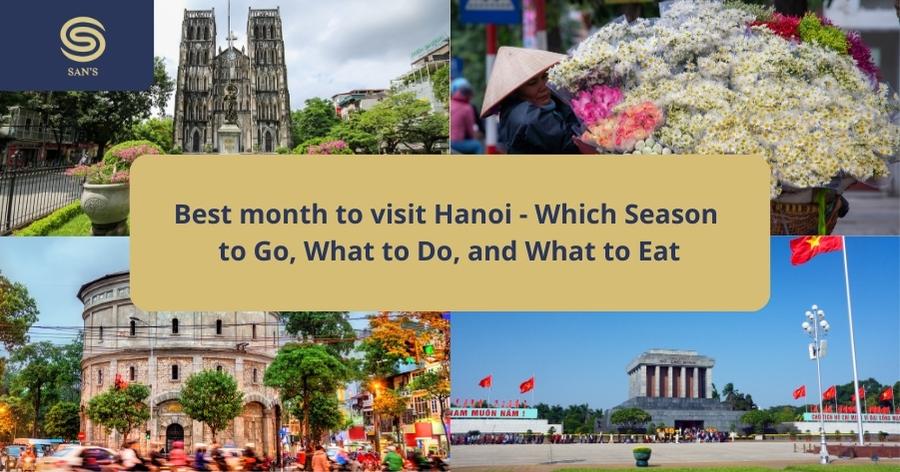The Ao Dai Vietnam stands as an emblem of Vietnamese culture, embodying elegance, grace, and a deep-rooted sense of national identity. This traditional Vietnamese garment, known for its long, flowing silhouette and intricately tailored fit, captures the essence of Vietnam’s rich cultural heritage. Throughout history, the Ao Dai Vietnam has evolved, yet it has consistently remained a symbol of beauty and pride for the Vietnamese people.
In both traditional and contemporary settings, the Ao Dai Vietnam holds a place of reverence. It is much more than just a piece of clothing; it is a representation of Vietnamese aesthetics and philosophy. In modern times, the Ao Dai Vietnam continues to be a staple in national celebrations, worn with pride during festivals, weddings, and important cultural events.
It has also found its way into everyday fashion and international runways, symbolizing the fusion of tradition with modernity. This blend of past and present in the Ao Dai Vietnam showcases the dynamic and evolving nature of Vietnamese culture and its enduring impact on the world stage.

The Historical Evolution of Ao Dai Vietnam
The history of the Ao Dai Vietnam is a fascinating journey through time, reflecting the nation’s cultural and political shifts. The origins of the Ao Dai date back to the 18th century, evolving significantly from its initial form influenced by both indigenous and foreign elements. This traditional attire has been a silent witness to Vietnam’s tumultuous history, adapting and transforming with each era.
Initially, the Ao Dai was heavily influenced by Chinese clothing styles, evident in its loose-fitting and multi-layered nature. However, the most transformative influence came during the French colonial period in the early 20th century.
This was when the Ao Dai began to take on its more form-fitting, elongated silhouette, a blend of Vietnamese tradition and Western fashion sensibilities. The introduction of tailored pants worn under the long tunic was a significant change that marked the Ao Dai we recognize today.
Throughout the 20th century, Vietnam underwent numerous political and social changes, and with each period, the Ao Dai saw various adaptations. In the mid-20th century, artists and intellectuals experimented with its design, adding elements such as puffed sleeves and Peter Pan collars, which reflected global fashion trends of that era.
The Ao Dai Vietnam faced a decline during the war years, with practicality taking precedence over traditional elegance. However, it saw a resurgence in the post-war period, particularly in the late 20th and early 21st centuries, as Vietnam opened up to the world. Designers began experimenting with fabrics, colors, and patterns, revitalizing the Ao Dai as a symbol of Vietnamese identity and femininity.
Today, the Ao Dai Vietnam continues to be an emblem of national pride and cultural heritage. It is worn by all genders and has been adapted for various modern contexts, such as school uniforms, office attire, and high fashion. The enduring appeal of the Ao Dai lies in its ability to encapsulate the spirit of the Vietnamese people – resilient, adaptable, and deeply connected to their roots.

The Cultural Significance of Ao Dai Vietnam
The Ao Dai Vietnam holds a place of profound cultural significance in Vietnamese society, woven into the fabric of numerous traditions and ceremonies. As a garment that epitomizes elegance and grace, the Ao Dai is a cherished symbol in many of Vietnam’s most important cultural events.
In Vietnamese weddings, the Ao Dai is often the attire of choice for brides, grooms, and their families. It represents not just beauty but also respect and reverence for family and tradition. The colors and designs of the Ao Dai worn at weddings are carefully chosen to reflect happiness, prosperity, and good luck. Brides typically wear an Ao Dai in vibrant red or pink, symbolizing love and joy, while grooms often opt for darker, more sober colors.
During Tet, the Vietnamese New Year, the Ao Dai is worn as a symbol of renewal and hope for the coming year. It’s common for people to wear their finest Ao Dai during this time as a way to honor their heritage and celebrate a fresh start. The garment’s presence during Tet adds a vibrant and festive touch to the celebrations, with its array of colors and patterns reflecting the spirit of the season.
The Ao Dai Vietnam also plays a significant role in other cultural and academic events. For instance, female students often wear it for important school ceremonies, and it is also a preferred attire for women in formal or professional settings, symbolizing both modesty and sophistication.
Beyond these traditional settings, the Ao Dai has made a profound impact on Vietnamese arts, literature, and media. It’s a common motif in Vietnamese paintings, literature, and films, often used to evoke a sense of national pride and nostalgia. The garment’s elegant lines and flowing form have inspired countless artworks, and its symbolism is deeply ingrained in the national consciousness.
In media and literature, the Ao Dai often represents the quintessential Vietnamese woman – strong, beautiful, and steeped in tradition. It’s a symbol of Vietnamese identity and heritage, making it much more than just a piece of clothing, but rather an integral part of Vietnam’s cultural legacy. The Ao Dai Vietnam is not just a garment but a narrative of Vietnam’s history, culture, and identity.

Wearing the Ao Dai Vietnam: Styles and Etiquette
The art of wearing the Ao Dai Vietnam is steeped in tradition and etiquette, reflecting the garment’s elegance and the cultural values it embodies. Understanding how to wear an Ao Dai properly, including the right accessories and color coordination, is essential for honoring this iconic attire’s grace and significance.
- Choosing the Right Ao Dai:
- Select an Ao Dai that fits well, hugging the body without being too tight. The Ao Dai should be long enough to cover the trousers completely, creating a streamlined and graceful silhouette.
- The color of the Ao Dai can vary depending on the occasion. For formal events, solid colors like white, black, or pastels are often preferred, while brighter colors and patterns are suitable for festive occasions.
- Accessorizing the Ao Dai:
- Accessories should complement the Ao Dai without overpowering it. Simple jewelry, like stud earrings or a delicate necklace, works well.
- For formal events, a matching fabric clutch or a small handbag can add an elegant touch. Avoid bulky or overly casual bags.
- Footwear with Ao Dai:
- Traditional Vietnamese sandals or heels are the most appropriate choices for footwear. The goal is to maintain the Ao Dai’s elongated silhouette, so avoid chunky or casual shoes.
- Hairstyle and Makeup:
- Hairstyles should be neat and elegant. Updos, buns, or simple styles that keep the hair off the shoulders are often chosen to highlight the Ao Dai’s collar.
- Makeup should be understated and natural, complementing the Ao Dai’s elegance.
- Etiquette and Occasions for Wearing Ao Dai:
- The Ao Dai Vietnam is appropriate for a wide range of occasions, from formal events like weddings and graduations to everyday wear for certain professions.
- During national holidays, such as Tet or National Day, wearing an Ao Dai is a way to show respect and patriotism.
- Understanding the event’s nature is crucial; for solemn or formal occasions, more conservative Ao Dais with subtle colors are recommended, while celebratory events allow for brighter and more ornate designs.

Wearing an Ao Dai Vietnam is more than just a fashion choice; it’s a celebration of Vietnamese heritage and identity. When donned with the right style, accessories, and understanding of etiquette, the Ao Dai becomes a symbol of respect and pride for Vietnam’s rich cultural tapestry.
FAQs about Ao Dai
1. What is an Ao Dai?
- Answer: An Ao Dai is a traditional Vietnamese garment, characterized by its long, flowing tunic worn over trousers. It’s a symbol of elegance and cultural pride in Vietnam.
2. When is the Ao Dai typically worn?
- Answer: The Ao Dai is worn on various occasions, from formal events like weddings and festivals to everyday use in certain professions, such as by teachers or receptionists in hotels.
3. Can the Ao Dai be worn by all genders?
- Answer: Yes, while traditionally associated with women, the Ao Dai is also worn by men, especially during traditional ceremonies or cultural events.
4. How is the Ao Dai tailored?
- Answer: The Ao Dai is custom-tailored to fit the wearer’s body. It’s meant to be form-fitting, emphasizing the wearer’s figure while allowing enough comfort for movement.
5. What fabrics are used for the Ao Dai?
- Answer: Ao Dais are made from a variety of fabrics, including silk, satin, and more recently, synthetic materials. The choice of fabric often depends on the occasion and the wearer’s preference.
6. Are there different styles of Ao Dai?
- Answer: Yes, the Ao Dai has evolved over time, with variations in sleeve length, collar design, and the cut of the tunic. Modern interpretations of the Ao Dai also incorporate various patterns and colors.
7. How should the Ao Dai be cared for?
- Answer: The Ao Dai should be carefully hand-washed or dry-cleaned, depending on the fabric. It should also be stored on a hanger to maintain its shape and prevent wrinkles.
8. Is the Ao Dai still relevant in modern Vietnam?
- Answer: Absolutely, the Ao Dai remains a cherished symbol of Vietnamese heritage and is still widely worn for both traditional and contemporary occasions.
9. Can foreigners wear the Ao Dai?
- Answer: Yes, foreigners are welcome to wear the Ao Dai. It’s often seen as a gesture of appreciation and respect for Vietnamese culture.
10. Where can I purchase an Ao Dai? – Answer: Ao Dais can be purchased from traditional tailors in Vietnam, specialty clothing stores, and increasingly through online platforms. For an authentic fit, custom tailoring is recommended.





